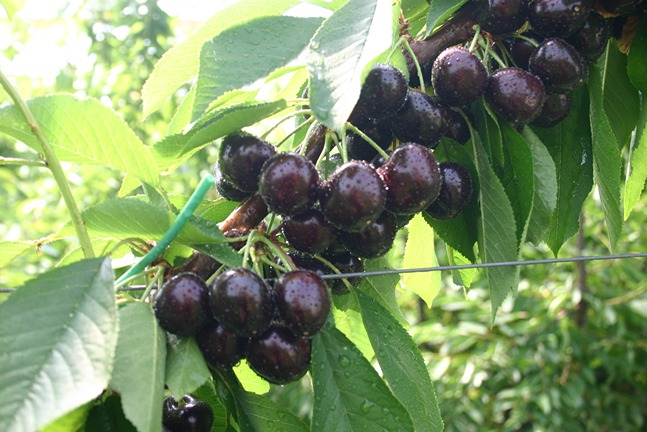La stagione 2025 delle amarene si apre con forti preoccupazioni in Ungheria: il raccolto si preannuncia come uno dei più bassi mai registrati, mentre le scorte dell'industria di trasformazione sono quasi esaurite.
Un contesto che prelude a rincari e carenze sul mercato.
Gelo primaverile e crollo
Le previsioni di FruitVeB parlano chiaro: si attendono solo 35.000 tonnellate di amarene, ben 20.000 in meno rispetto al 2024 e quasi la metà della media storica.
Le gelate di aprile hanno colpito duramente le regioni settentrionali ed orientali dell'Ungheria, cuore produttivo del Paese, causando perdite fino al 100% per alcune varietà precoci.
Scorte minime e tensioni
Alla scarsità del raccolto si somma l'esaurimento delle scorte di prodotti trasformati.
Questo scenario porterà probabilmente a un'impennata dei prezzi e a una forte concorrenza tra le aziende di trasformazione, già dai primi giorni di stagione.
Non solo l'Ungheria è in difficoltà: anche la Polonia e l'Ucraina stimano un calo del raccolto tra il 20% e il 30%, mentre in Serbia le perdite non sono ancora quantificate.
Nel 2024, l'Ungheria aveva raccolto 136.800 tonnellate di amarene; quest'anno se ne prevede solo una frazione.
Qualità buona, ma quantità
Sul fronte qualitativo, le amarene rimaste mostrano pezzatura soddisfacente e assenza di problemi fitosanitari.
Tuttavia, la loro scarsità le trasformerà in un prodotto raro e costoso.
Il 2025 si prospetta come un anno complicato per la filiera delle amarene in Europa centro-orientale.
Con quantità ridotte, domanda elevata e rincari attesi, il settore dovrà affrontare sfide complesse, sempre più legate alla variabilità climatica.
Fonte: trademagazin.hu
Fonte immagine: SL Fruit Service
Cherry Times - Tutti i diritti riservati












